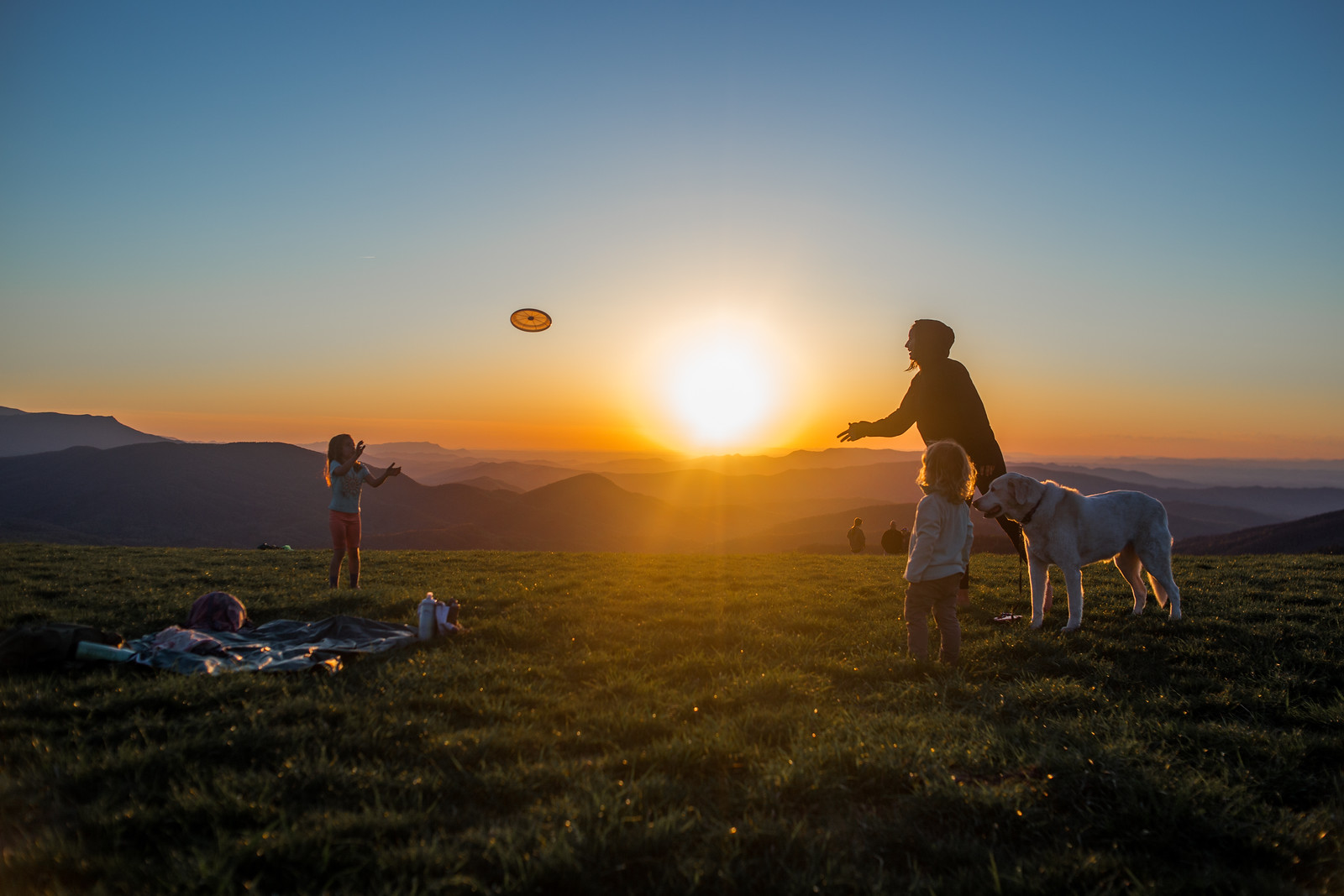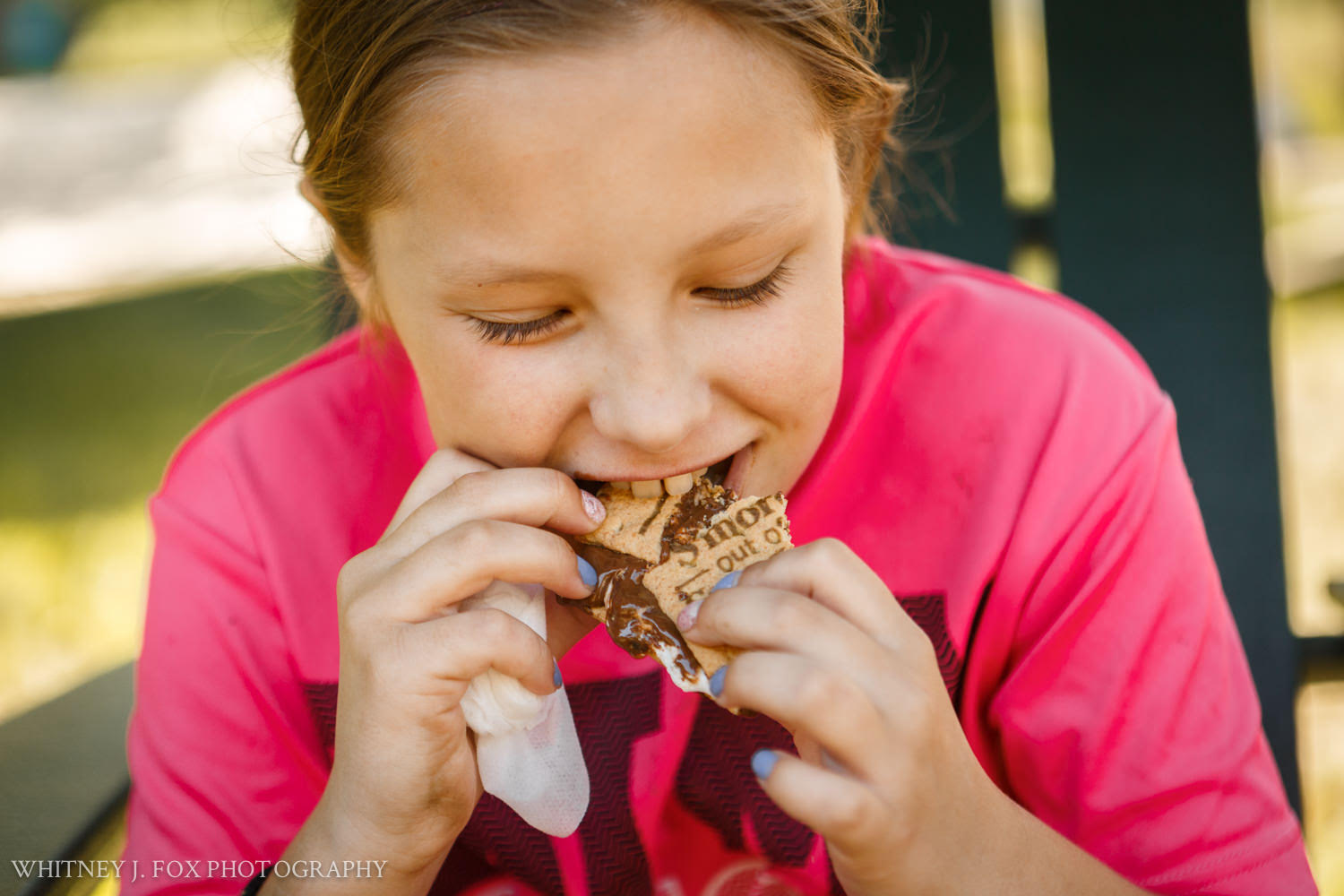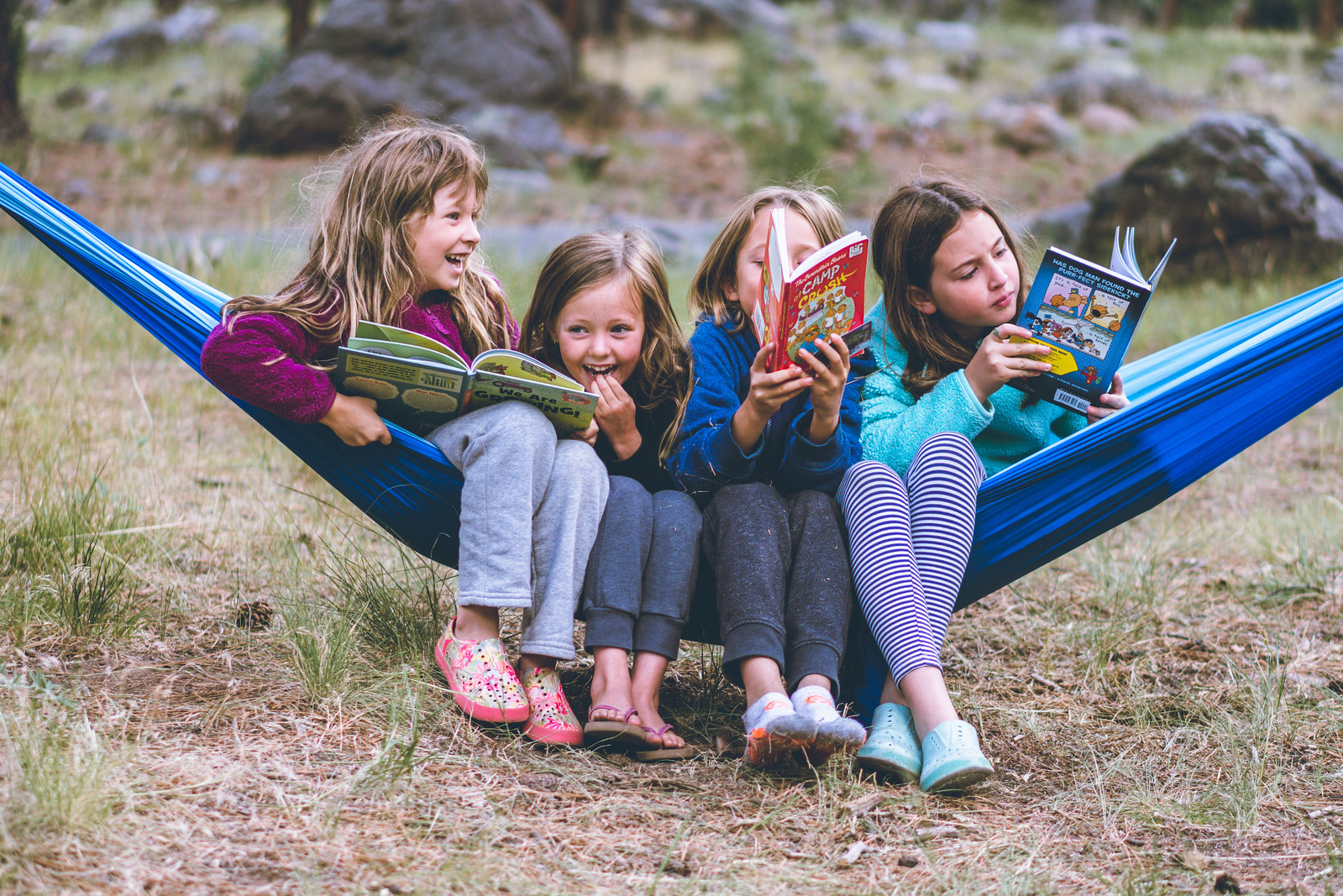Celebrating the changing seasons: the summer solstice

What is the summer solstice
Summer is here! That means long days, short nights and rising temperatures to enjoy. For those of us with kids, it means early sunrises, late sunsets and a lot of “but the sun is out!” arguments for waking us up early or staying up late. The summer solstice marks the first day of summer and falls on June 21 in the Northern Hemisphere this year. It has been celebrated for centuries and is associated with everything from the start of the new year in ancient Greece to the feminine “yin” force in ancient China. Monuments such as Stonehenge and The Great Pyramids of Khufu and Khafre are thought to have been constructed in alignment with the sun’s position on the summer solstice. So what is so special about this date and time that makes it the solstice? Let’s look at the science behind it. On the summer solstice (also called midsummer in some cultures), one of the earth’s poles reaches its maximum tilt (23.44 degrees) toward the sun. For those of us in the Northern Hemisphere, this occurs on June 21 and marks the longest day and the shortest night of the year. In fact, countries and territories north of the Arctic Circle (such as Alaska) witness what is called the “midnight sun” and the sun is visible for a full 24 hours. While we consider this day the start of summer in the United States, other cultures consider it closer to the middle of summer. Regardless of which way you look at it, this is a day worth celebrating! Here are some activities, crafts and book recommendations to help your family celebrate the longest day (and shortest night) of the year.
Activities
- Sunrise or sunset hike — Take the family on an early-morning hike to greet the sun on the longest day of the year. Don’t want to wake up that early? Try a sunset hike instead, and stay to watch the starlit sky come to life on the shortest night of the year.
- Welcome the sun with yoga — Lead your family through a few rounds of sun salutations to give thanks for the blessings the sun brings us. You can follow it up with a few poses depicting some of those blessings, such as tree pose and flower pose. Discover more family-friendly yoga poses in this article.
- Spend time with the flora — Without the sun, plants couldn’t exist, which in turn means that animals couldn’t exist. What better way to show your gratitude for the sunlight than by spending time in the garden or visiting a farm to give thanks for the bounty that is made possible by the sun.
- Create a summer nature table — Putting together an area where kids can place items that remind them of summer is a wonderful way to kick off the season! The area can be as small as a plate with a few items or as large as a table with numerous summer projects displayed. From seashells collected at the beach and postcards from a vacation, to summer crafts and potted flowers, any items that remind your family of the endless fun of summer will work!
- Get S’More Out of Summer — Kick off summer the right way by picking up a copy of L.L.Bean’s “Guide to Getting S’More Out of Summer.” This guide not only helps you plan out your family summer adventures, but also provides checklists of fun activities for the whole family, fill-in-the blank prompts so you won’t forget a thing and fun stickers to add to the motivation of enjoying summer. And you can win cool prizes for participating. Post your photos on Instagram, Twitter or Facebook with the hashtags #SmoreOutofSummer and #LLBeanContest2019 (must include both hashtags). Click here for more information on the contest.

Craft ideas
- Make a flower crown — Celebrate the season with a bright and sunny flower crown. If dandelions are plentiful in your yard this time of year, here is an easy tutorial for a dandelion crown using no extra materials. Then you can harvest the dandelion greens to make a yummy salad! Looking to save the flowers and leave no trace, or you don’t have dandelions in your yard? Here is a tutorial that uses fake flowers to create a gorgeous summer crown.
- Create a sundial — Teach the kiddos how ancient humans determined the time of day by using the shadow cast by the position of the sun. This easy craft can make a great addition to your garden or outdoor play area.
- Construct a sun suncatcher — Capture the beauty of sunlight with a sun-shaped suncatcher! This craft is sure to brighten your day even when the weather turns gloomy.
- More sun crafts — Celebrate the longest period of sunlight with a sun-themed craft. Here are a plethora of easy options to try with your kids.
Summer books to read
As the saying goes, “A picture is worth a thousand words.” These beautifully illustrated books help children of all ages understand what happens as spring turns to summer — starting with the longest day of the year.
BIRTH– 3 YEARS Summer Days and Nights by Wong Herbert Ye — Follow a spunky little girl as she finds ways to entertain herself and stay cool on a hot summer day. From catching butterflies to searching for frogs, the author focuses on appreciating the small but special details that define the summer season. Summer Is Here by Heidi Pross Gray — Read along as the author covers some of the best highlights of summer, from picking blueberries to diving into water on a hot day. Amazing watercolor illustrations and rhythmic, whimsical text lead the reader on a summer adventure in this book. I See Summer by Charles Ghigna — Pea pods, cucumbers and strawberries provide plenty of opportunities for counting in the garden! This brilliantly illustrated, summer-themed book gives readers an opportunity to search and learn with hidden numbers on every page.
4 YEARS AND UP The Longest Day – Celebrating the Summer Solstice by Wendy Pfeffer — This book takes readers on a journey through the history and science behind the summer solstice, with a focus on summer celebrations from various cultures around the world. The author also uses kid-friendly language to describe the science behind summer phenomena, such as the growth of a butterfly and the longer day length. And then Comes Summer by Tom Brenner — Lyrical text is used to describe the sights, smells, sounds and favorite outdoor activities of summer. The book is accompanied by cheerful illustrations depicting the joys of summer and is enough to get anyone excited for the warmest season of the year! Under Alaska’s Midnight Sun by Deb Vanasse — See summer through the eyes of an Alaskan girl as she enjoys the “midnight sun” of her region. With beautiful illustrations, follow along as she dances, watches wildlife and stays up late with the sun that doesn’t set.  How does your family celebrate the summer solstice? Let us know in the comments below!
How does your family celebrate the summer solstice? Let us know in the comments below!
Read more:
- Celebrating the changing seasons: the spring equinox
- 10 Ways to enjoy the last days of summer
- Swinging into summer: 7 tips for having a positive impact on nature
Photos by Stephanie Jacobson, Whitney J. Fox Photogrpahy (courtesy of L.L.Bean.) and Arika Bauer.
This post is sponsored by L.L.Bean.
Related Content




Comments